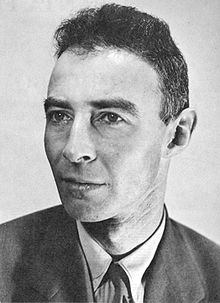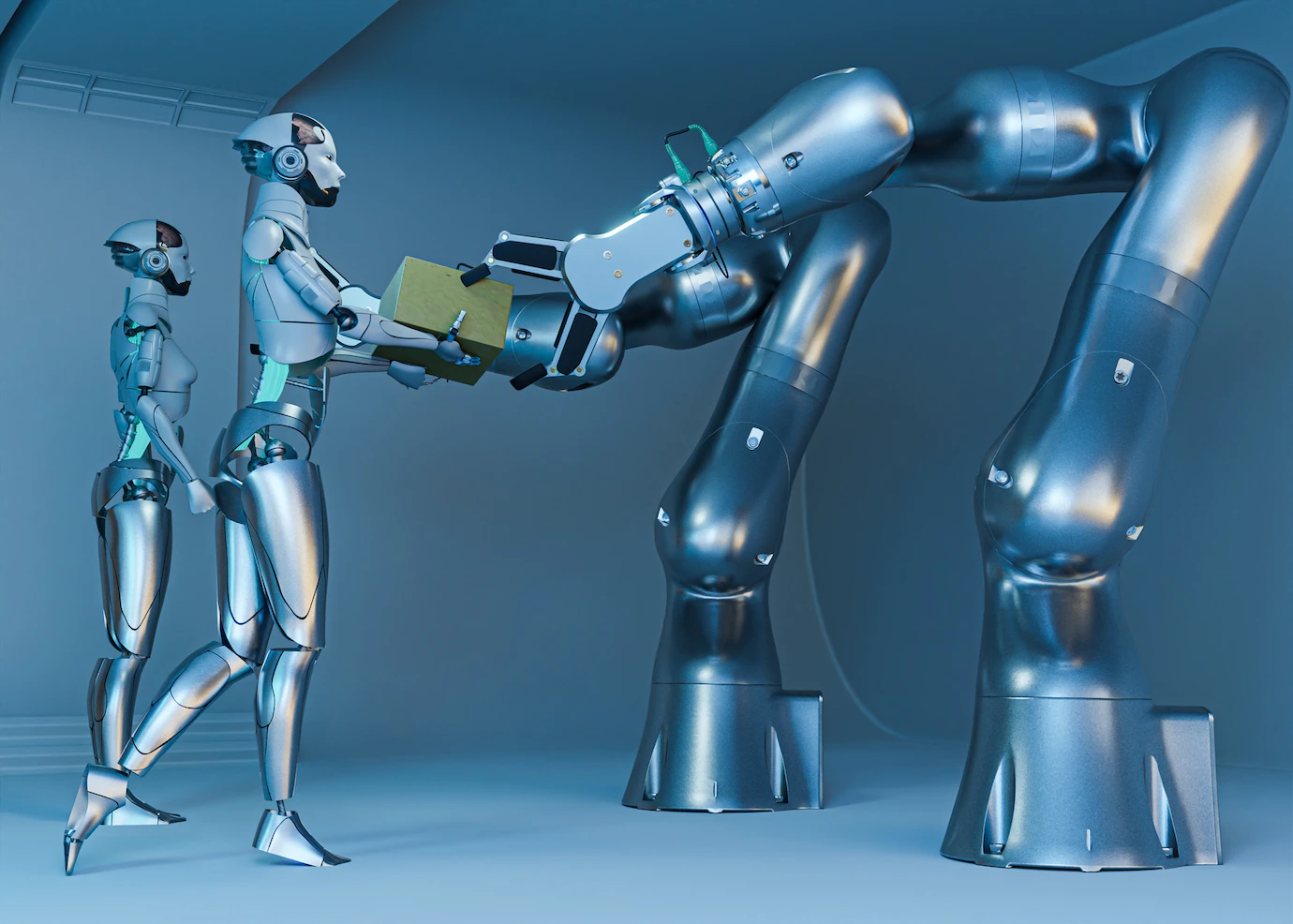J. Robert Oppenheimer was a theoretical physicist who is best known for his role as the scientific director of the Manhattan Project, which developed the first nuclear weapons during World War II.
Oppenheimer was born in New York City on April 22, 1904, to a wealthy family. His father, Julius Oppenheimer, was a successful textile merchant, and his mother, Ella Friedman, was a painter. Oppenheimer was the oldest of three children and received a rigorous education, including study at the Ethical Culture School and the Boys’ High School in Brooklyn. He excelled in his studies, particularly in mathematics and science, and received a scholarship to attend Harvard University in 1922.
At Harvard, Oppenheimer studied chemistry and physics and developed a passion for theoretical physics. He received his bachelor’s degree in three years and then pursued graduate studies at the University of Göttingen in Germany, where he worked with some of the most renowned physicists of the time, including Max Born and Werner Heisenberg. Oppenheimer received his Ph.D. in 1927 and returned to the United States to accept a position at the University of California, Berkeley.
Oppenheimer quickly established himself as a leading theoretical physicist at Berkeley and became known for his work on the quantum theory of atoms and molecules. He also became involved in left-wing political activism and was a vocal critic of the government’s treatment of labor unions and its foreign policy. In the 1930s, he became a member of the Communist Party and was involved in various party activities, including fundraising for the defense of the Scottsboro Boys, a group of young African American men who were falsely accused of rape.
With the onset of World War II, Oppenheimer’s research shifted from theoretical physics to the development of new technologies for national defense. In 1942, he was recruited by the U.S. Army to head the Manhattan Project, a top-secret program to develop an atomic bomb. Oppenheimer oversaw the project from its inception, working closely with a team of scientists and engineers at Los Alamos National Laboratory in New Mexico to design and build the first nuclear weapons.
The Manhattan Project was a massive undertaking that required the coordination of thousands of people and the allocation of billions of dollars in resources. Oppenheimer played a crucial role in bringing the project to fruition, serving as the primary point of contact between the scientific community and the military and government officials who were overseeing the project. He was also responsible for managing the complex and often contentious relationships between the scientists and engineers who were working on the project.
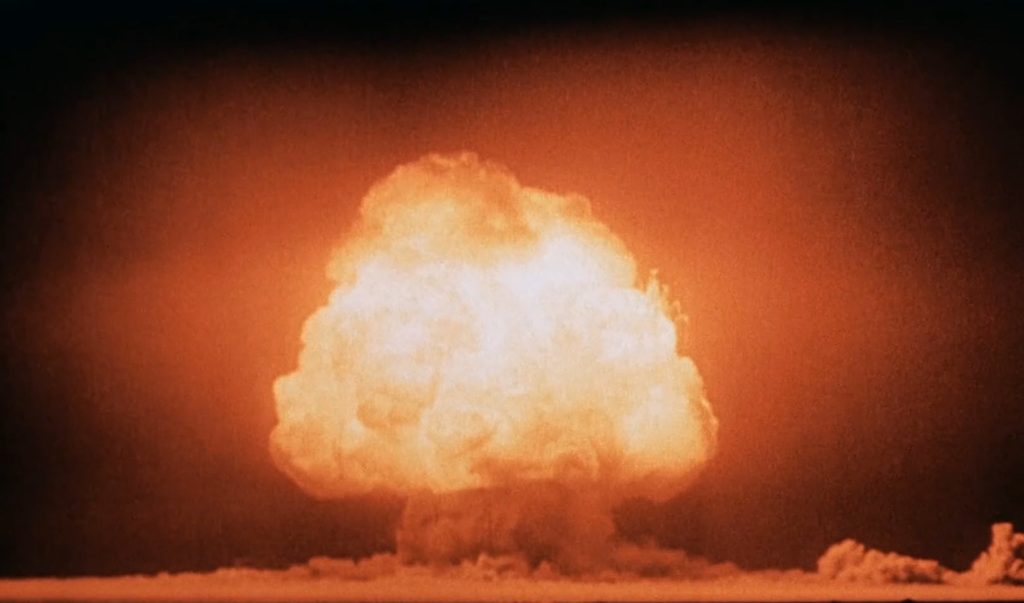
The Manhattan Project was successful in developing the first nuclear weapons, and in 1945, the United States dropped atomic bombs on the Japanese cities of Hiroshima and Nagasaki, bringing an end to World War II. Oppenheimer’s role in the development of the atomic bomb earned him widespread recognition and accolades, including the Presidential Medal for Merit and the Enrico Fermi Award.
After the war, Oppenheimer returned to his research in theoretical physics and continued to work at Berkeley. He also became a vocal advocate for international disarmament and the control of nuclear weapons, and he served as an advisor to the U.S. government on matters related to nuclear proliferation.
In the 1950s, Oppenheimer’s political views and past membership in the Communist Party came under scrutiny by the U.S. government, and he was accused of being a security risk. In 1954, he was called to testify before a Congressional hearing, where he was questioned about his political views and his involvement in the Manhattan Project. Oppenheimer’s security clearance was eventually revoked, and he was stripped of his government contracts and forced to resign from his position at Berkeley.
Despite these setbacks, Oppenheimer continued to work in the field of theoretical physics and remained active in the scientific community. He returned to teaching and accepted a position at the Institute for Advanced Study in Princeton, New Jersey, where he worked until his death in 1967.
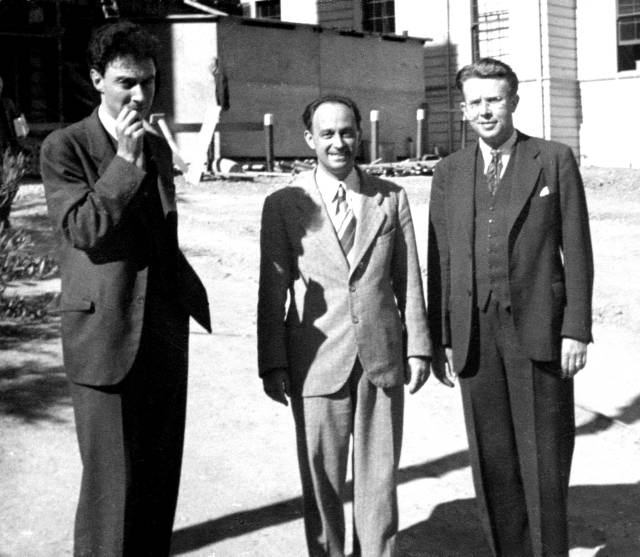
During his time at the Institute, Oppenheimer continued to publish papers on theoretical physics and remained an influential figure in the scientific community. He also served as a mentor to many young physicists and was widely respected for his contributions to the field.
Oppenheimer’s life was marked by many achievements and controversies. His role in the development of the atomic bomb made him a central figure in one of the most significant events in modern history, and his later efforts to promote disarmament and international cooperation earned him widespread admiration. However, his past association with the Communist Party and his controversial testimony before Congress also earned him many critics and caused him to be ostracized by some in the scientific community.
Despite the ups and downs of his career, Oppenheimer remained a respected and influential figure in the world of science, and his contributions to theoretical physics and the development of nuclear weapons continue to be recognized and remembered.
In addition to his scientific achievements, Oppenheimer was also known for his love of literature, poetry, and the arts. He was an avid reader and was known to quote poetry and literature in his scientific lectures. He was also a patron of the arts and was active in supporting the arts community in the San Francisco Bay Area.
Oppenheimer’s personal life was marked by several significant relationships. In 1930, he married Katherine Harrison, with whom he had two children. The couple divorced in 1940, and Oppenheimer married Jean Tatlock, a clinical psychologist, in 1943. Tatlock suffered from depression and committed suicide in 1946. Oppenheimer later married Kitty Oppenheimer, with whom he had two more children.
Oppenheimer’s health declined in the last years of his life, and he was diagnosed with throat cancer in the mid-1960s. Despite undergoing treatment, he died on February 18, 1967, at the age of 62. His legacy as a pioneering theoretical physicist and a key figure in the development of nuclear weapons continues to be celebrated and remembered.
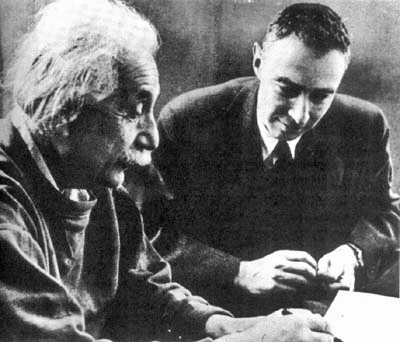
Oppenheimer’s contributions to science and the Manhattan Project have been recognized and honored in many ways. In 1963, he received the Presidential Medal for Merit, the highest civilian award in the United States. He was also awarded the Enrico Fermi Award in 1966, which is given to individuals who have made significant contributions to the development of nuclear energy.
In addition to these awards, Oppenheimer’s legacy is also recognized through various institutions and landmarks. The J. Robert Oppenheimer Prize in Theoretical Physics is awarded annually by the University of California, Berkeley, to recognize outstanding contributions to the field. The J. Robert Oppenheimer Distinguished Lecture Series is also held annually at Los Alamos National Laboratory, where Oppenheimer worked on the Manhattan Project.
https://www.youtube.com/watch?v=xZXphvc-BVk
Oppenheimer’s impact on science and society is also recognized through various cultural references. He has been the subject of several books and films, including the play “Oppenheimer,” which premiered in London in 1980 and won the Tony Award for Best Play in 1982. His life and work have also been featured in numerous documentaries and educational materials.
Despite the controversy and challenges that marked his career, Oppenheimer’s contributions to science and his role in the development of nuclear weapons have made him a significant figure in the history of modern physics. His legacy continues to be recognized and celebrated by the scientific community and the general public.
Oppenheimer’s contributions to science and the Manhattan Project have also been recognized through various commemorative events and tributes. In 2015, the 70th anniversary of the bombing of Hiroshima and Nagasaki was marked by a series of events and tributes, including a ceremony at Los Alamos National Laboratory to honor Oppenheimer and the other scientists who worked on the Manhattan Project.
In 2004, a statue of Oppenheimer was erected at Los Alamos National Laboratory, where he worked on the Manhattan Project. The statue, which was designed by sculptor Bob Kitson, depicts Oppenheimer standing with his arms crossed, looking out over the landscape.
In addition to these tributes, Oppenheimer’s legacy is also recognized through various educational resources and materials. The J. Robert Oppenheimer Study Center at the Institute for Advanced Study in Princeton, New Jersey, houses a collection of Oppenheimer’s papers, manuscripts, and other materials related to his work. The center is open to researchers and scholars who are interested in studying Oppenheimer’s life and work.
https://en.wikipedia.org/wiki/J._Robert_Oppenheimer
J. Robert Oppenheimer’s Interview
https://soundcloud.com/atomicheritage/j-robert-oppenheimer
Transcript
